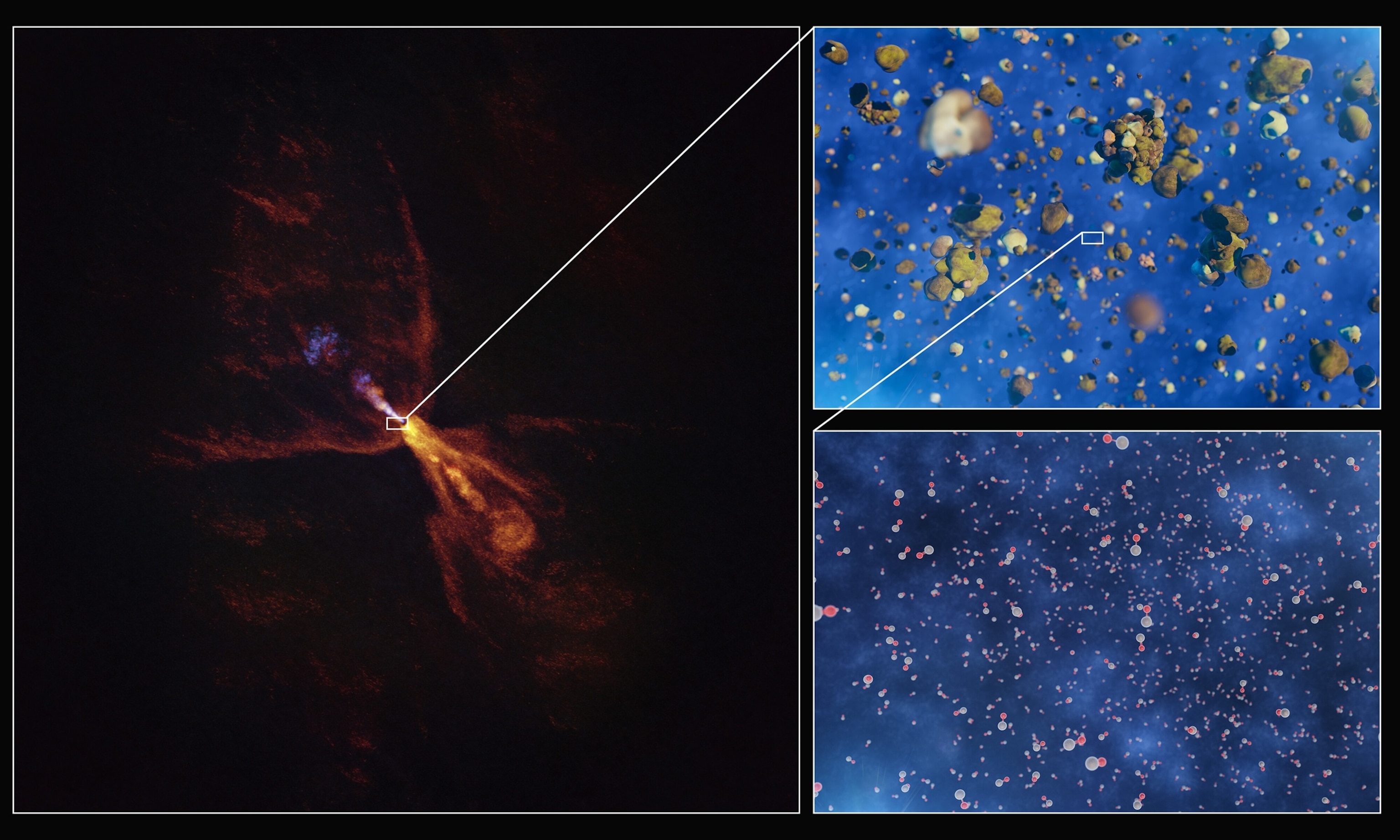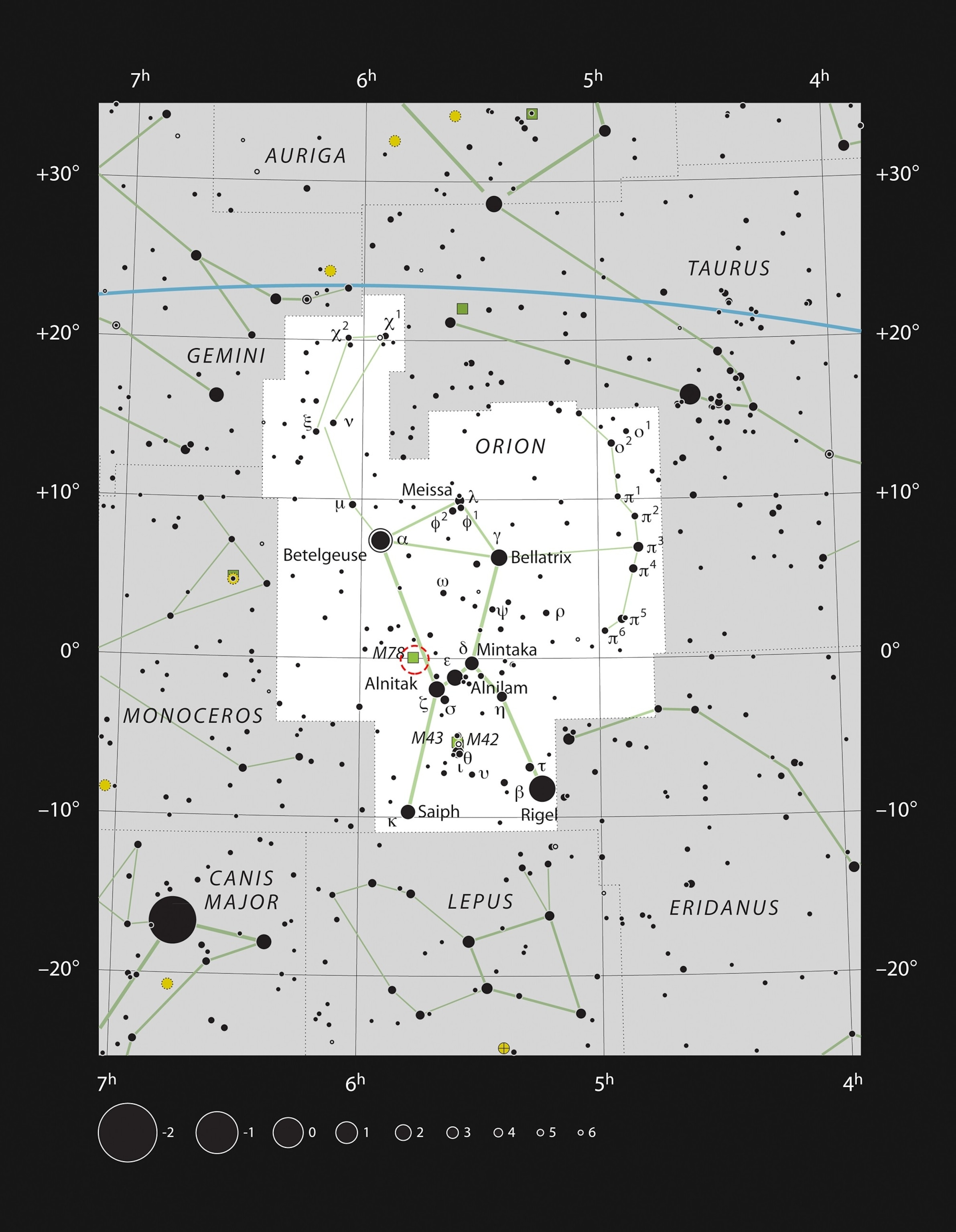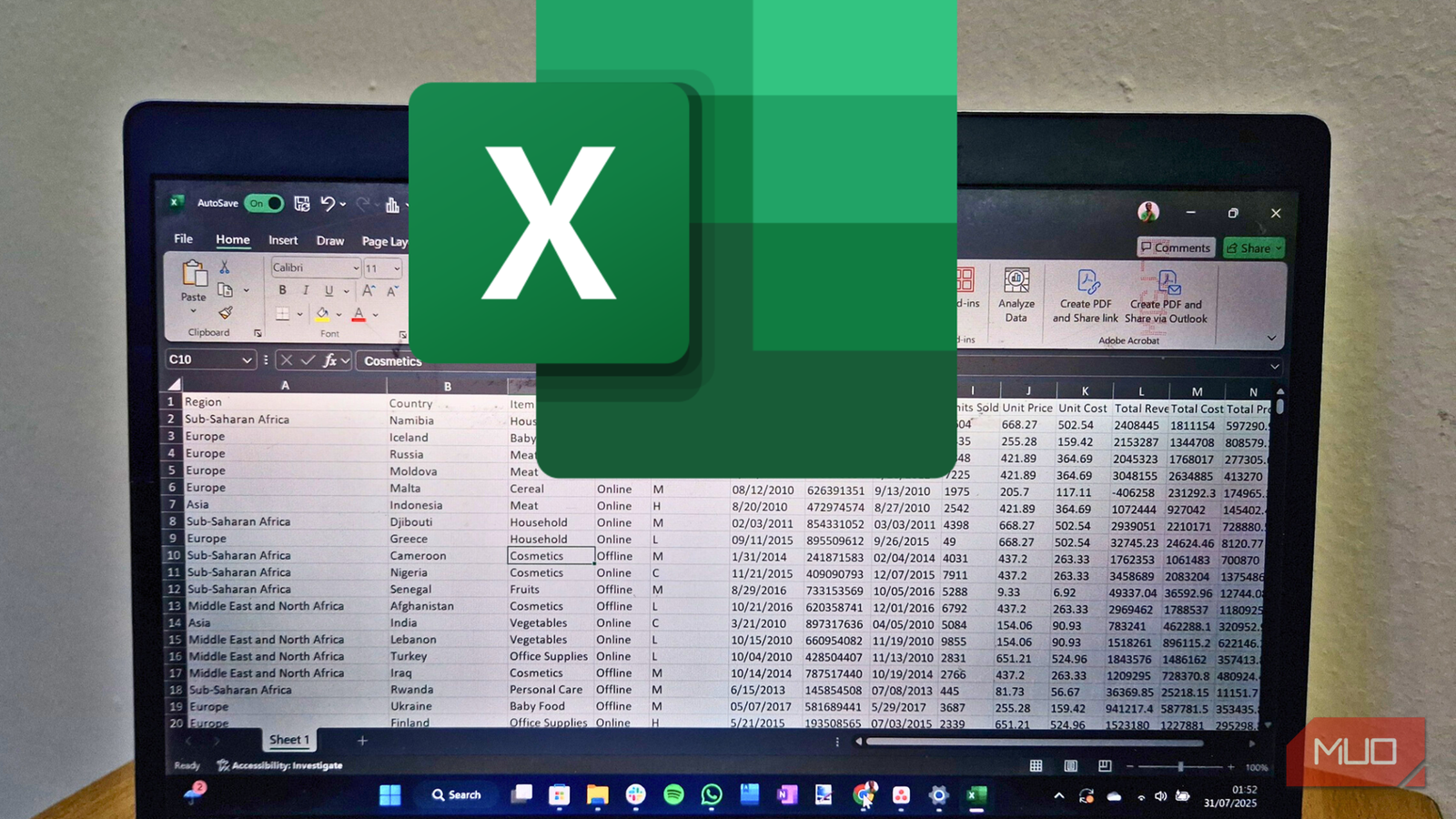Astronomers have witnessed the birth of a solar system beyond our own for the first time.
An international team of researchers has been able to pinpoint the exact moment when planets began to form around a star by using data captured by the ALMA telescope in Chile and the James Webb Space Telescope, according to a study published in Nature on Wednesday.
The astronomers observed hot minerals just beginning to solidify – the first specks of planet-forming material, the astronomers said. A gaseous disk surrounding the young star is the first stages of the assembly process to form a new planetary system, according to the paper.
“For the first time, we have identified the earliest moment when planet formation is initiated around a star other than our Sun,” Melissa McClure, a professor at Leiden University in the Netherlands and lead author of the study, said in a statement released by the European Southern Observatory (ESO).

These images illustrate how hot gas condenses into solid minerals around the baby star HOPS-315. The image to the left was taken with the Atacama Large Millimeter/submillimeter Array (ALMA), in which ESO is a partner. Two insets show artist impressions of molecules of silicon monoxide condensing into solid silicates.
ESO
Planets and small bodies like those in our solar system likely formed through the mixture of interstellar solids with rocky solids that condense from the hot gases surrounding a young host star, astronomers hypothesize. But the specific process of the solar system’s formation remains unclear.
In our solar system, the first solid material to condense near Earth’s present location orbiting the sun is found trapped within ancient meteorites, according to the ESO. Over time, the newly condensed solids bind together and begin the planet formation process as they gain both size and mass.
Researchers say they found evidence that these hot minerals have begun to condense in the disc surrounding the young star, or protostar, named HOPS-315.
“This process has never been seen before in a protoplanetary disc – or anywhere outside our solar system,” said Edwin Bergin, an astronomer at the University of Michigan and co-author of the paper, in a statement.

This chart shows the location of the nascent star HOPS-315 in the constellation Orion. This map shows most of the stars visible to the unaided eye under good conditions. The location of the star itself is marked with a red circle.
ESO, IAU and Sky & Telescope
The protostar is located in the Orion B molecular cloud, around 1,300 light-years from Earth, according to the paper, and is positioned in a way that allows a direct view of its inner gaseous disk. One light year is approximately 5.9 trillion miles.
The view is rare because jets of gas emitted by protostars, known as outflow, often block the view of the disk, the researchers said.
Astronomers were able to observe solids starting to condense from the cooling gas – known as “time zero” for planet formation – by using infrared and millimeter wavelengths from the ground- and space-based telescopes, the researchers said. The Webb telescope, the most powerful telescope ever launched into space, was used to probe the chemical makeup of the material around the protostar, detecting crystalline silicate materials that are a “telltale sign” of early planet formation, according to the paper.
The chemical signals appear to be coming from a small region of the disc around the star that’s equivalent to the orbit of the asteroid belt around our own sun, according to the ESO.
“This hot mineral is the first feedstock that you have to start growing things in the dark,” McClure said.

This is HOPS-315, a baby star where astronomers have observed evidence for the earliest stages of planet formation.
ALMA(ESO/NAOJ/NRAO)
The finding marks the first time a planetary system has been identified at such an early stage. While astronomers have previously seen young discs that contain newborn, massive planets like Jupiter, it was not yet proven that the first solid parts of nascent planets, known as planetesimals, must form further back in time, at earlier stages, McClure said.
The discovery opens a window into the past of our own solar system, since the formation of the new system likely mimics the conditions that occurred at the dawn of the planetary system that is home to Earth, astronomers said.
“This system is one of the best that we know to actually probe some of the processes that happened in our solar system,” said Merel van ’t Hoff, an astronomer at Purdue University and co-author of the study, said in a statement released by Nature.







